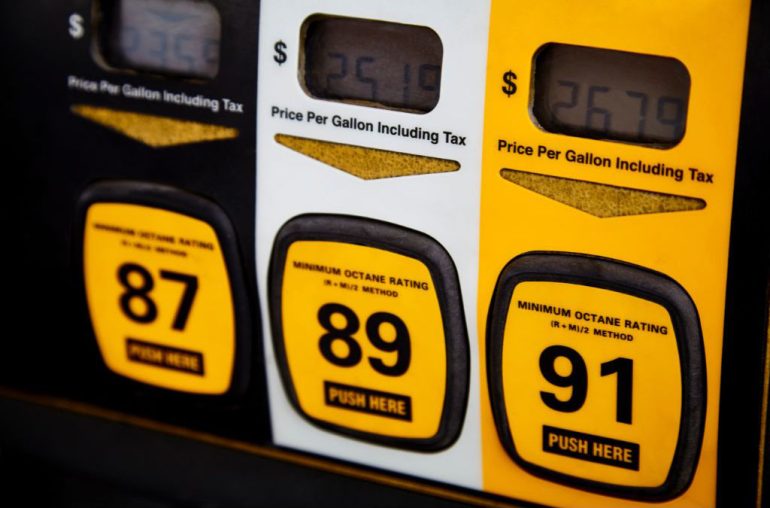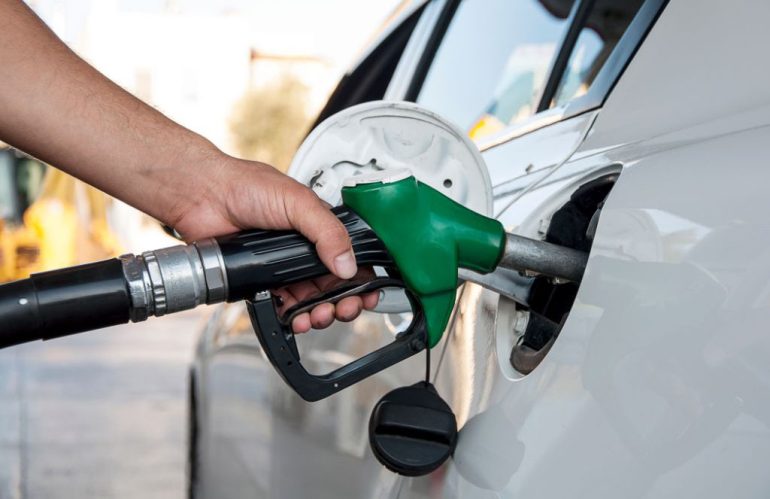
Gas prices may fluctuate, but the desire to save at the pump never goes out of style. Whether you’re driving a compact sedan, a family SUV, or a trusty pickup, improving your car’s fuel efficiency can help you keep more money in your wallet without the need to invest in a new hybrid or EV. Fortunately, there are several proven and practical ways to maximize your current vehicle’s fuel economy, and most of them require little more than a change in habits or routine maintenance.
According to the U.S. Department of Energy, proper vehicle maintenance and sensible driving can improve fuel economy by up to 40 percent in some cases. Even a smaller improvement—say, 10 to 15 percent—can lead to hundreds of dollars in annual fuel savings, depending on how much you drive and your local fuel prices.
Here’s a breakdown of smart, cost-effective tips to increase fuel efficiency without trading in your current car.
1. Watch Your Driving Habits
This is the quickest and easiest way to see immediate gains. Aggressive driving—think rapid acceleration, hard braking, and speeding—not only wastes gas but also wears down vehicle components faster. The U.S. Environmental Protection Agency (EPA) states that speeding, rapid acceleration, and braking can lower gas mileage by 15 to 30 percent at highway speeds and by 10 to 40 percent in stop-and-go traffic.
Try easing into stops and maintaining a steady pace on highways. Using cruise control on longer drives can help keep your speed consistent and your fuel usage steady.
2. Avoid Excessive Idling
Modern engines are far more efficient than they used to be, and letting your vehicle idle for more than 10 seconds typically wastes more fuel than restarting it. According to AAA, idling can consume up to half a gallon of fuel per hour, depending on engine size and accessories like the air conditioning. If you’re parked and waiting, it’s usually better to turn the car off.
3. Keep Your Tires Properly Inflated
Under-inflated tires increase rolling resistance, which forces your engine to work harder and burn more fuel. The U.S. Department of Energy notes that keeping your tires inflated to the recommended pressure can improve gas mileage by up to 3 percent.
Check your tire pressure monthly using a reliable gauge and inflate them according to the PSI listed in your owner’s manual or inside the driver-side door frame. Avoid relying on the “max PSI” listed on the tire itself.
4. Lighten the Load
Hauling unnecessary weight can drag down your MPG numbers, especially in smaller vehicles. Every additional 100 pounds in your vehicle could reduce fuel economy by around 1 percent, according to the EPA. Remove heavy items from the trunk or cargo area if they’re not needed and consider roof-mounted carriers only when absolutely necessary. Roof racks increase aerodynamic drag and reduce fuel economy, particularly at highway speeds.
5. Keep Up With Regular Maintenance
An engine running in peak condition will burn less fuel. Be sure to follow your manufacturer’s recommended service intervals for oil changes, air filter replacements, and spark plug checks. A dirty air filter or old spark plugs can lower fuel efficiency and compromise performance.
A report from Consumer Reports shows that fixing a serious maintenance issue, such as a faulty oxygen sensor, can improve mileage by as much as 40 percent. Even routine tune-ups can make a noticeable difference in how efficiently your car runs.

6. Limit Use of the Air Conditioner
While comfort is important, excessive use of your air conditioning system puts added strain on your engine, particularly in older cars. According to the Society of Automotive Engineers (SAE), running the A/C can reduce fuel economy by up to 25 percent on short trips.
When possible, use your car’s ventilation system or open windows at lower speeds. At higher speeds, open windows can also create aerodynamic drag, so find the right balance depending on conditions.
7. Drive in the Right Gear (for Manual Transmission Cars)
If you drive a manual, shifting too early or too late can impact fuel economy. Driving in the highest possible gear without bogging down the engine tends to yield better mileage. Avoid revving the engine unnecessarily and shift smoothly for optimal efficiency.
8. Use High-Quality Fuel if Required—But Not More Than You Need
There’s a common myth that premium fuel will make any car run better. In reality, most vehicles are designed to run efficiently on regular unleaded gasoline. Only use premium fuel if your owner’s manual explicitly recommends or requires it.
Using higher-octane fuel than necessary doesn’t improve fuel economy or performance—it just costs more. AAA research has shown that American drivers waste over $2 billion a year by using premium gas in vehicles that don’t need it.
9. Plan Your Trips Efficiently
Short trips taken separately from a cold start use more fuel than one longer, multi-stop trip. Combine errands when possible and use apps like Waze or Google Maps to avoid traffic congestion that could increase idle time and fuel waste.
10. Use the Right Motor Oil
Believe it or not, using the manufacturer’s recommended grade of motor oil can improve fuel efficiency by up to 2 percent. Look for motor oil labeled “Energy Conserving” on the API performance symbol, which contains friction-reducing additives that help engines run more smoothly.
You don’t need a hybrid or electric car to enjoy better fuel economy. By simply adjusting the way you drive and staying on top of maintenance, you can stretch your gas tank further without stretching your budget. With fuel prices continuing to fluctuate, these small changes can add up to big savings over time—and make your current car more enjoyable to own.
FOLLOW US TODAY:

